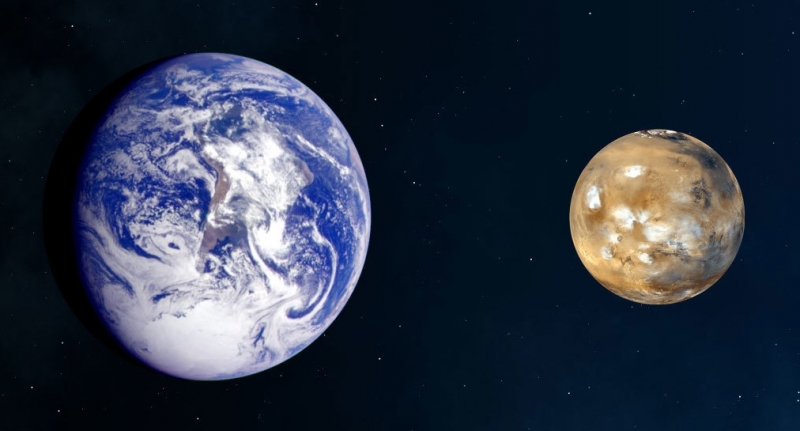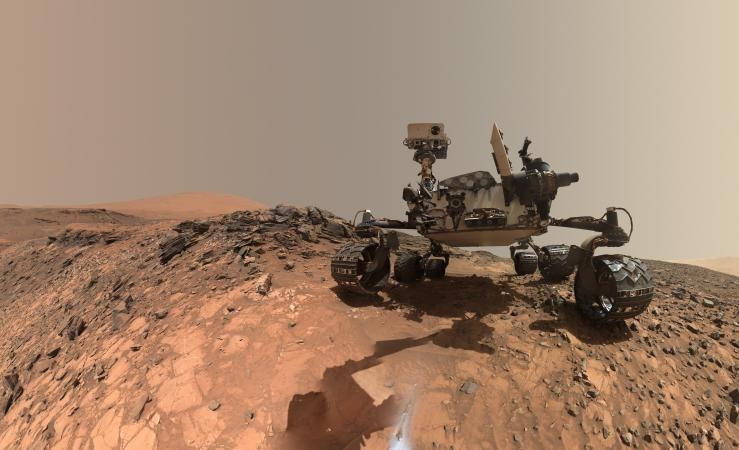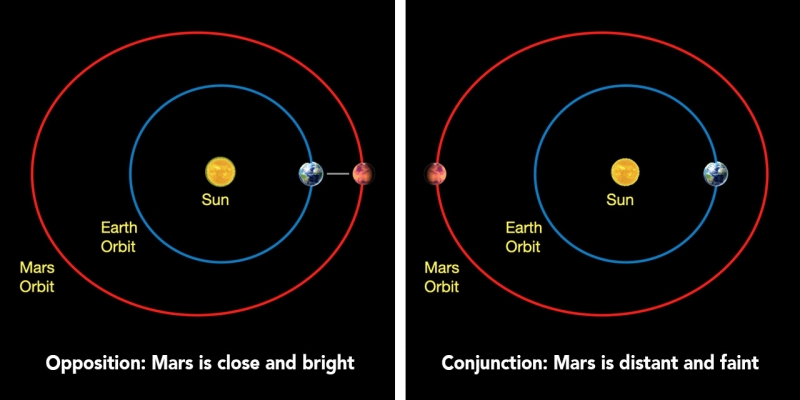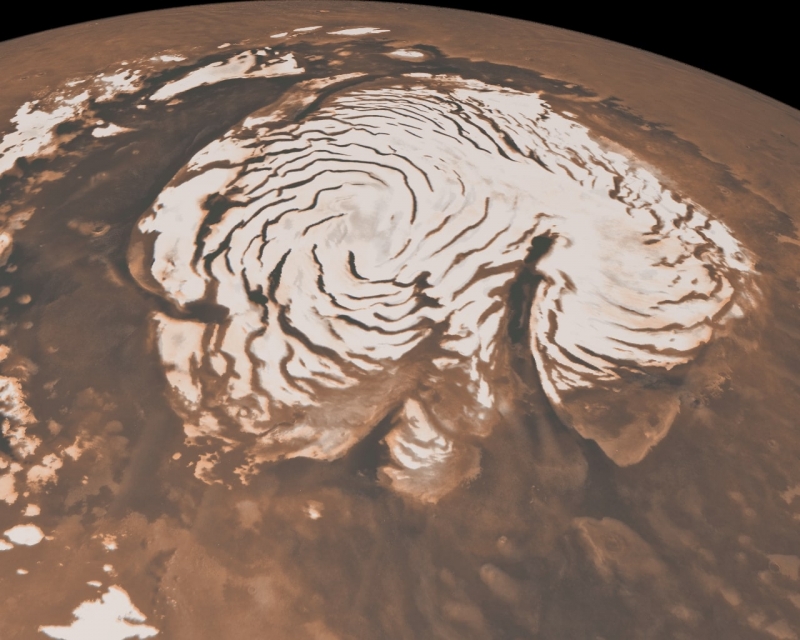Earth vs. Mars
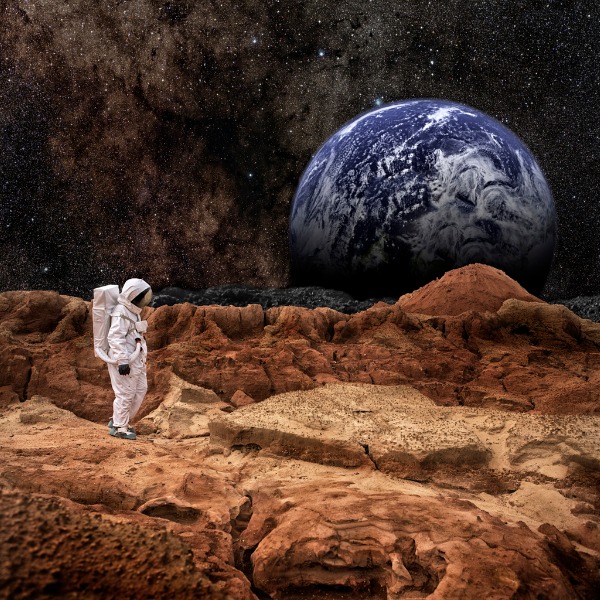
Astronaut standing on Mars with Earth in the background (inhauscreative, iStockphoto)

Astronaut standing on Mars with Earth in the background (inhauscreative, iStockphoto)
How does this align with my curriculum?
BC
6
Science Grade 6 (June 2016)
Big Idea: The solar system is part of the Milky Way, which is one of billions of galaxies.
YT
6
Science Grade 6 (British Columbia, June 2016)
Big Idea: The solar system is part of the Milky Way, which is one of billions of galaxies.
AB
6
Science 6 (2023)
Space: Understandings of the living world, Earth, and space are deepened by investigating natural systems and their interactions.
PE
6
Integrated Curriculum Grade 6: Science (Draft 2023)
DK 1.2: The solar system impacts life on earth.
BC
6
Science Grade 6 (June 2016)
Big Idea: Newton’s three laws of motion describe the relationship between force and motion.
ON
12
Earth and Space Science, Grade 12, University (SES4U)
Strand C: Planetary science (Science of the Solar System)
